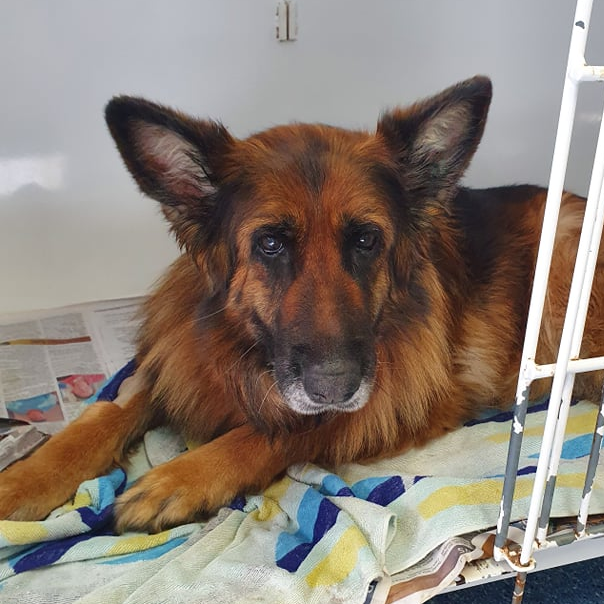
Sweet, tough and very brave!
Darling Sadie visited us yesterday for a spay and mammary tumor removal. Mammary tumors develop when cells within the breast tissue duplicate abnormally, creating a mass. These tumors can be either benign (non-cancerous) or malignant (cancerous). A biopsy of a tumour can be taken to determine if the tumor is cancerous, which will then inform what action needs to be taken. In the case of a mammary tumour, however, it's common practice to remove the entire tumour first before then completing a biopsy to inform prevention of future tumours forming.
It is also quite common for mammary tumour patients to be desexed alongside their tumour removal. This is because hormones associated with a dog going into heat can dramatically increase the pet's likelihood of developing a mammary tumor. A dog desexed before their first heat has only a 0.5% chance of a mammary tumour developing. For dogs who are not desexed, however, this likelihood sits at 8% by their first heat and dramatically increases with each heat cycle, rising to 28% by just their second heat. Dogs who have a history of mammary tumours like Sadie are therefore strongly encouraged to get desexed.
Despite the circumstances, Sadie was incredibly strong throughout her stay, and showed a lot of love to our veterinary team. We wish Sadie all the best in her recovery!